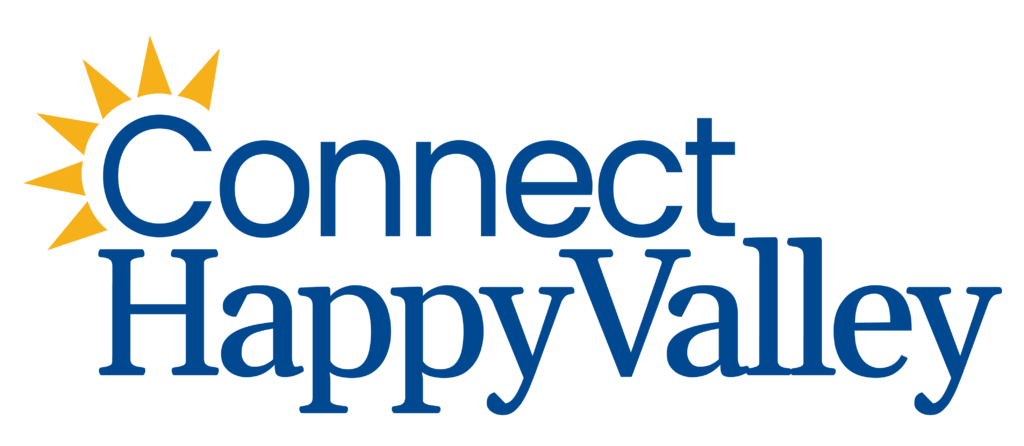If your nonprofit is stressed out, burned out or flaming out, this story is for you.
Nonprofits nationwide and across Happy Valley are feeling the squeeze: Grants have been cut, costs keep rising and needs are growing. How is your nonprofit organization managing the pressure? Many dedicated community groups are trying to do more with less—less time, less staff, and often less support than they need.
If you’ve hosted a 5K and a hoagie sale or pulled off a fundraising dinner with just three volunteers and sheer willpower, you’re not alone. Maybe you’ve even asked someone you just met for a $10,000 gift—because the sky is falling and you need a miracle.
That’s why this story is for you—the board member, the volunteer, the new executive director who never went to “fundraising school” but knows your cause deserves better than scrambling and burnout.
Take a deep breath. There is a better way. A sustainable way to grow donors, increase donations and get your nonprofit on the path to good health.
Real Fundraising Starts with Real Relationships
Here’s one of the most important truths in fundraising:
You must friend raise before you fund raise. You’ve probably heard this phrase, and it might sound cliché or like it will take too long in the face of lost grant funding, but it’s the 100%, honest-to-goodness truth.
Before someone gives you money, they need to believe in you. Before they believe in you, they need to know you. A meaningful connection is everything.
Fundraising—the sustainable kind—isn’t about a lucky pitch or a flashy event. It’s about frequent, consistent, and heartfelt communication—sharing your mission, your values, and your impact—that makes your donors and prospects key characters in your story.
And here’s another truth:
Strangers seldom give.
Which means if your strategy relies solely on one fundraising letter a year or a few social media posts, you’re planting a garden concrete.
Ask for Advice, Get Paid Twice
You’ve heard it: Ask for money, get advice. Ask for advice, get paid twice. But have you lived it with your fundraising strategy?
Donors want to be part of the journey. Share your work, your challenges, your decisions. Ask their opinions. When donors feel heard, they give more, and they give again.
What Is an Annual Fund and Why Is It Critical?
It’s not a big campaign. It’s not a desperate appeal for emergency gifts. Your annual fund is your steady, year-round effort to build a culture of giving around your specific mission.
These donors give $25, $100, $250. Donors with capacity, when properly stewarded, give $500, $1,000, even $10,000. Yes, annually. But whatever the level of gift, your annual donors keep your mission alive.
Moreover, your annual fund is the foundation that sets up your nonprofit for major gifts and capital campaigns when the time is right. Major fundraising before building an annual fund is like asking someone to get married on the first date.
Build trust. Earn their commitment. The rest follows.
Where Events Fit
Fundraising events are wonderful—when used intentionally. A dinner or golf outing can build camaraderie and open new doors. But without follow-up, they’re a lot of effort and little payoff.
Use events to:
- Invite new people into your story.
- Celebrate with loyal supporters.
- Create special moments.
Follow up with a thank-you. Share photos. Use it as a reason to stay in touch.
Surprise, Surprise! Mailings Still Work (Better Than You Think)
Sure, we live in a digital world, there’s a reason that wedding invitations and thank you notes still come by mail.
Why? Because they matter.
More than 44% of all nonprofit donations are made by check. Many older and loyal donors prefer mail. They open it. They respond to it. They even keep it. Many donors open their mail and go online to give.
You may be burning out your staff on social media, but:
Your best prospects and your most loyal donors aren’t even seeing your posts.
Don’t trade real impact for empty clicks.
Who Doesn’t Love a Hoagie
Hoagie sales build esprit de corps. They “get everyone involved”. But they don’t build your annual fund. And they burn people out.
It takes money to raise money. Investing in fundraising is not wasteful. It’s necessary. It takes data, communications, stewardship processes, and more for real fundraising to work.
You Don’t Need a Miracle. You Need a Plan
A sustainable fundraising plan isn’t flashy. It’s consistent. It’s personal. It respects your time and honors your donors.
It includes:
- Thoughtful, consistent and frequent communication throughout the year
- A mix of print, email, events, and one-on-one outreach
- A culture of gratitude
- Stories that show impact
When you do this well, you won’t have to chase miracles. You’ll build actual momentum.
Get Help Setting a Strategy and Telling Your Story
You’re not just a nonprofit—you’re part of what makes HappyValley worth calling home.
Let us help you share your story.
Use our Connect Happy Valley platform to amplify your voice.
Just send us your why—a program, a moment, a person you helped. A few bullet points are all it takes. We’ll turn it into a story that resonates with our growing audience of people who care.
Because what makes this place feel like community is you—and we want you to keep being at the heart of it.
Need a little extra support? Let’s talk about how to set the stage for fundraising success. When we say our platform is Powered by Community, we mean it’s powered by you.
And if you’d like proof: alumni groups, nonprofits, and even fraternities have raised millions—$2 million to $4 million—through campaigns that began with simple annual funds. It always starts with friend-raising before fundraising.

